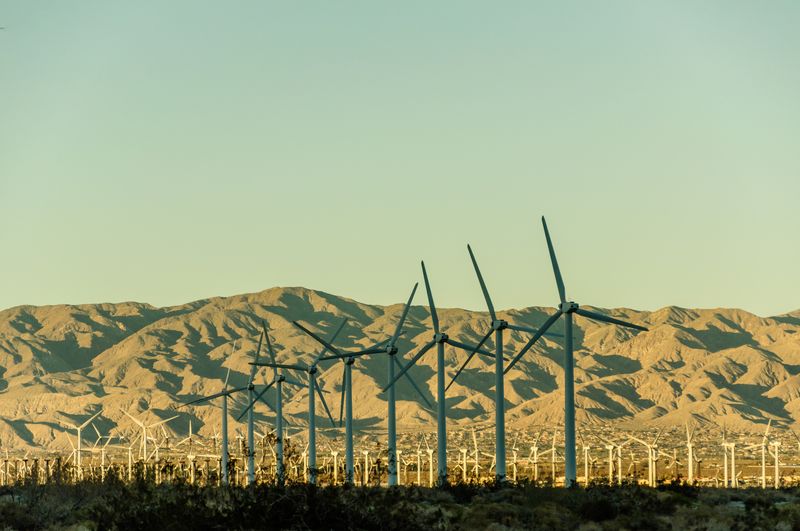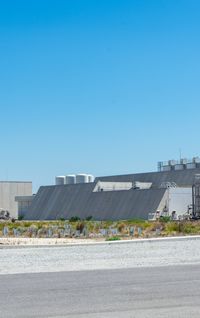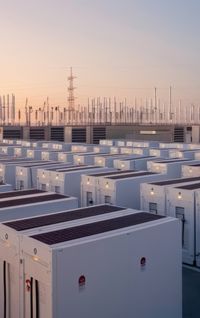News was leaked last week that BP is freezing work on new renewable schemes while renewables developer Statkraft came out in the open and said it will scale back green targets. There is still plenty of cash for the green transition but there has been a shake-out, or shake-down, in the development market. Energy companies are returning to oil and gas investments while there is a lack of developers for combined-cycle gas-fired power stations. Renewable trophy deals are getting too big.
One interesting backdrop to the current state of the development market was the statement last week from the new group chairman of Indian contractor Larsen & Toubro, SN Subrahmanyan, that the company is facing "a significant deficit of approximately 25,000 to 30,000 labourers required at our project sites". In addition, it needs 20,000 engineers in its technology divisions.
L&T has become an important EPC contractor in the global market. This shortage of skills in the construction sector is clearly worrying and does little to enhance developer confidence when starting a project. Construction costs are now finally coming down – solar panel costs, for example, are plummeting. But the construction and developer markets need to get together to encourage new talent. And governments can play a role – for example, in the UK a new Labour government should spend whatever money it had more wisely on training than setting up energy companies that would make hardly a dent in the energy markets.
Still, training is not the only answer. The idea behind the 3.2GW Hinkley Point C nuclear project in the UK was that it would be expensive but that follow-on projects, ie Sizewell C, would be cheaper. Engineering talent would transfer from one project to another. But costs have not dropped; indeed, Sizewell C costs seem to be rising to £30bn.
And that is an important fact. Large-scale renewable projects are getting very expensive and returns, once the asset is built sometime in the future, are not eye-watering; not up to the 15% IRR seen in the oil and gas industry. That equation, of course, has been the developer's curse through the ages. Get it right, as for example occurred with the farm-downs in the offshore wind industry not so long ago, and there is a pile of cash waiting to be used for the next project. Get it wrong, oops.
Green developers are still making a decent crust despite the rise in interest rates and construction costs. Power prices might be down but asset sales are still producing some decent multiples, if not the whacky ones of a few years back. These developers are vulnerable to takeovers by private equity but the latter can see a decent future. However, I wonder if the investors are around to fund individual mega projects. AXA and Credit Agricole Assurance had to stump up £3bn for the 1.3GW Hornsea 2 offshore wind farm a couple of years ago.
What is interesting is the growth in large-scale green projects – offshore wind being a prime case in point. All the projects now seem to be a least 1GW in size. This makes for slow development. Perhaps they generate economies of scale but why not nip in and build a quick 200MW? Battery storage projects are growing to up to 1GW in places but 50MW is still easier, grid connections permitting.
Is the energy transition top-down or bottom-up? As more green plant comes on line the power markets will change fundamentally and drive the transition forwards. That is probably the most realistic way forward, build up while the top-down cranks slowly forward.
There is a demand for new gas-fired power plant across the world. The energy companies should be well suited to this sector of the market. BP and Equinor are set to build the 860MW Net Zero Teesside project in the UK, the first major power project to be fitted with carbon capture. It will be very expensive for a 860MW plant given the addition of CCS.
Let's see, first, if the UK government signs the contract and, second, how other procurers around the world will react to these extra costs. But, given ESG concerns, all new gas-fired plant might have to be carbon capture-ready or hydrogen-ready to move forward.
It is in this sector that the traditional energy companies should be encouraged to play given the general nervousness among other developers and debt providers about funding gas-fired schemes. These are lower-carbon, not net-zero, transition schemes. But banks will be encouraged back to fund them if their big corporate clients are involved.
It should, in a perfect world, be horses for courses. Energy majors can deal with gas, utilities and investors can deal with offshore wind, and green developers can be the real disrupters underneath. And maybe build where it makes most sense – ie, solar where there is plenty of land and in the deserts, offshore wind in windy climes and data centres next door to whatever power source is most appropriate.
















